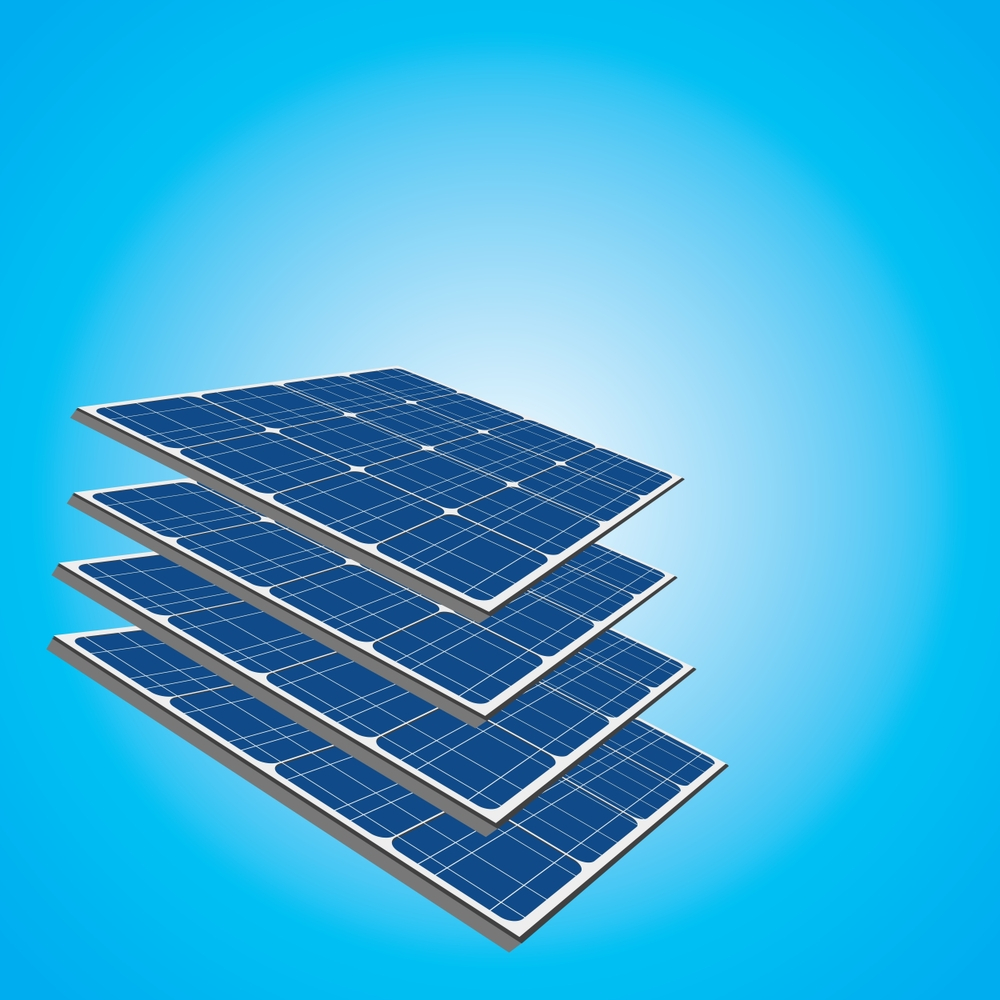Solar energy is becoming increasingly popular as an alternative to traditional energy sources. But how effective are solar solutions in different climates? This question is crucial for anyone considering investing in solar technology. The effectiveness of solar panels can vary based on several factors, including sunlight availability, temperature, and weather patterns. In this article, we’ll explore how solar solutions perform across various climates and what you need to know to make an informed decision.
Understanding Solar Solutions
Solar solutions refer to technologies that convert sunlight into electricity. These panels absorb sunlight and convert it into usable electrical energy. Solar solutions are environmentally friendly, reduce electricity bills, and can increase property value. However, their efficiency depends largely on the climate in which they are used.
Solar Solutions in Sunny Climates
Sunny climates are ideal for solar solutions. Regions like California, Arizona, and parts of Australia receive abundant sunlight throughout the year. This consistent sunlight ensures that solar panels operate at peak efficiency. In sunny climates, solar solutions can generate a significant amount of electricity, often surpassing the energy needs of a household. This surplus energy can be stored in batteries for later use or sold back to the grid.
In these regions, the high amount of sunlight makes solar solutions a very cost-effective investment. The return on investment (ROI) is usually higher due to the high energy production. Additionally, the consistent performance of solar panels in sunny climates contributes to quicker payback periods and greater long-term savings.
Solar Solutions in Cloudy Climates
Cloudy climates pose a challenge for solar solutions but do not render them ineffective. Regions like the Pacific Northwest in the United States or Northern Europe experience frequent cloud cover and less direct sunlight. They can capture diffused sunlight, though at a reduced efficiency compared to sunny days.
The effectiveness of solar solutions in cloudy climates can be optimized by using high-efficiency solar panels designed to perform well in low-light conditions. These panels can convert a higher percentage of available light into electricity, making them more suitable for regions with less sunlight. Moreover, homeowners in cloudy climates can benefit from net metering policies, which allow them to offset electricity costs by feeding excess power back into the grid during sunny periods.
Solar Solutions in Cold Climates
Cold climates can actually be beneficial for solar solutions. Solar panels are more efficient at converting sunlight into electricity at lower temperatures. Regions like Canada, Northern Europe, and parts of the United States experience cold winters but also receive significant amounts of sunlight, especially during the long days of summer.
Snow can be both a challenge and an advantage. While heavy snowfall can cover solar panels and block sunlight, light snow can reflect sunlight and increase the amount of light that reaches the panels. Modern solar panels are designed to shed snow efficiently, minimizing downtime. Additionally, homeowners can install their panels at a steeper angle to prevent snow accumulation.
In cold climates, it is crucial to ensure that the solar installation is robust and able to withstand harsh weather conditions. Using durable mounting systems and ensuring proper maintenance can help maximize the effectiveness of solar solutions in these regions.
Solar Solutions in Hot Climates
Hot climates present a unique set of challenges for solar solutions. While these regions receive plenty of sunlight, high temperatures can reduce the efficiency of solar panels. Regions like the Middle East, parts of Africa, and southern areas of the United States experience intense heat that can negatively impact the performance of solar cells.
To mitigate this, it is essential to use solar panels that are designed to withstand high temperatures. Installing panels with good ventilation to keep them cool can also help maintain their efficiency. Additionally, some solar panel technologies are less affected by heat and can perform better in hot climates.
Solar Solutions in Humid Climates
Humidity can affect the performance and longevity of solar solutions. Regions with high humidity, such as tropical areas, can experience issues like mold growth and corrosion of solar panel components. However, modern solar panels are built to withstand these conditions with proper sealing and anti-corrosive materials.
Regular maintenance and cleaning are essential in humid climates to ensure that the panels operate at optimal efficiency. Keeping the panels free from dirt, debris, and mold can significantly improve their performance. In these regions, solar solutions should be paired with durable and weather-resistant mounting systems to prevent damage from frequent rain and humidity.
Maximizing Solar Solutions Across Different Climates
Regardless of the climate, there are several strategies to maximize the effectiveness of solar solutions:
-
Choosing the Right Solar Panels: High-efficiency solar panels that are designed for specific climate conditions can improve performance. Research and select panels that are suitable for your region’s weather patterns.
-
Optimal Panel Placement: Proper installation and orientation of solar panels can maximize sunlight exposure.
-
Regular Maintenance: Keeping solar panels clean and well-maintained ensures they operate at peak efficiency. Regular inspections can help identify and address any issues promptly.
-
Energy Storage Solutions: Using batteries to store excess energy can help manage periods of low sunlight.
-
Professional Installation: Hiring experienced professionals for installation can ensure that the system is set up correctly and safely. They can provide valuable advice on maximizing efficiency based on local conditions.
Economic and Environmental Benefits of Solar Solutions
Investing in solar solutions offers both economic and environmental benefits. Economically, solar panels can significantly reduce electricity bills and provide a return on investment through energy savings and potential incentives. Many governments offer tax credits, rebates, and other financial incentives to encourage the adoption of solar energy.
Environmentally, solar solutions contribute to reducing greenhouse gas emissions and reliance on fossil fuels. By generating clean energy, they help combat climate change and promote sustainability. Solar energy systems also reduce the carbon footprint of households and businesses, making them an essential part of the transition to renewable energy sources.
Conclusion
How effective are solar solutions in different climates? The answer depends on various factors, including the amount of sunlight, temperature, and weather patterns. While sunny climates are ideal, solar panels can still perform well in cloudy, cold, hot, and humid regions with the right technology and maintenance. By understanding the unique challenges and opportunities presented by different climates, you can make an informed decision about investing in solar solutions.
Solar energy is a versatile and sustainable option that can provide significant economic and environmental benefits. Whether you live in a sunny, cloudy, cold, hot, or humid climate, there are strategies to maximize the efficiency of solar solutions. By choosing the right panels, ensuring proper installation and maintenance, and utilizing energy storage, you can harness the power of the sun to meet your energy needs.





